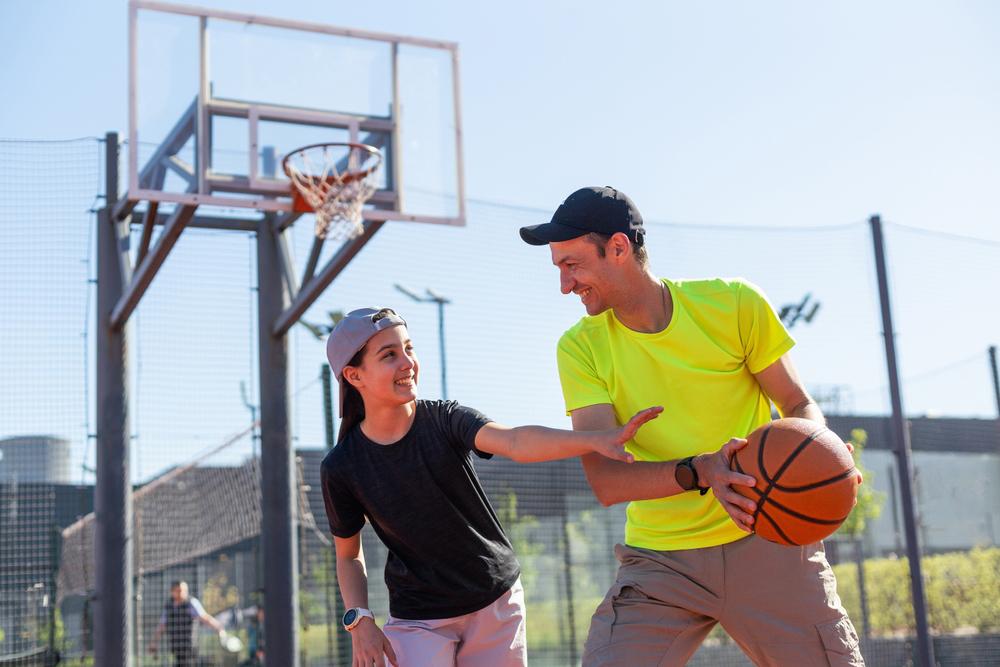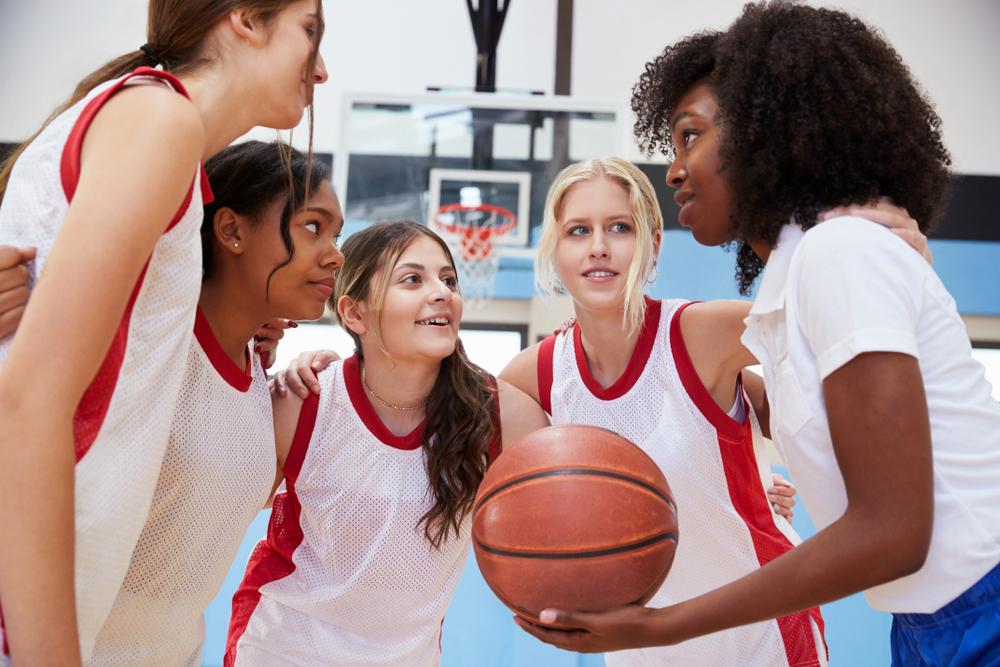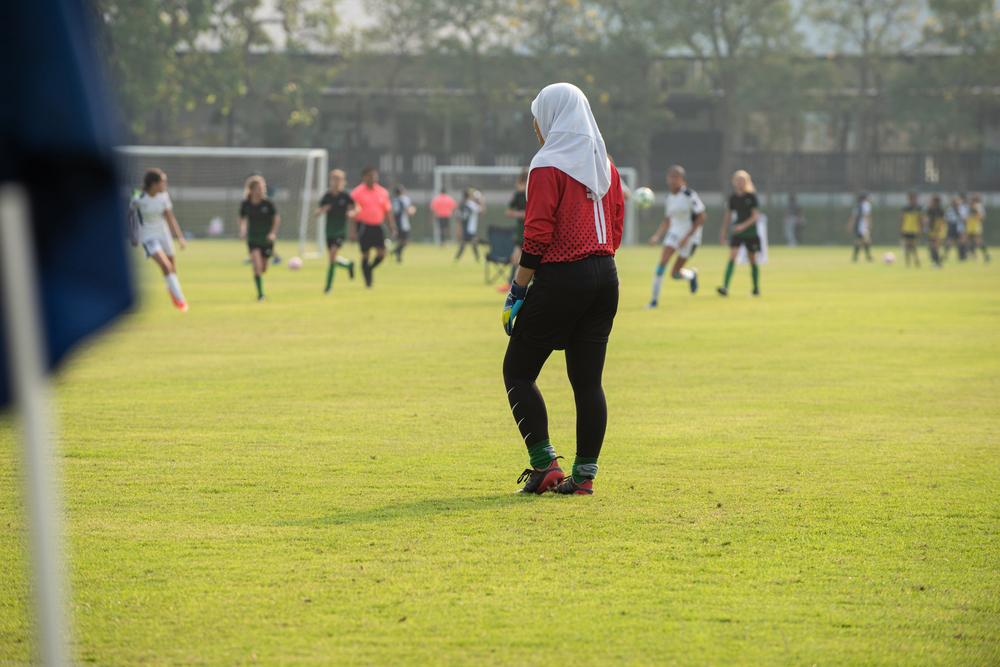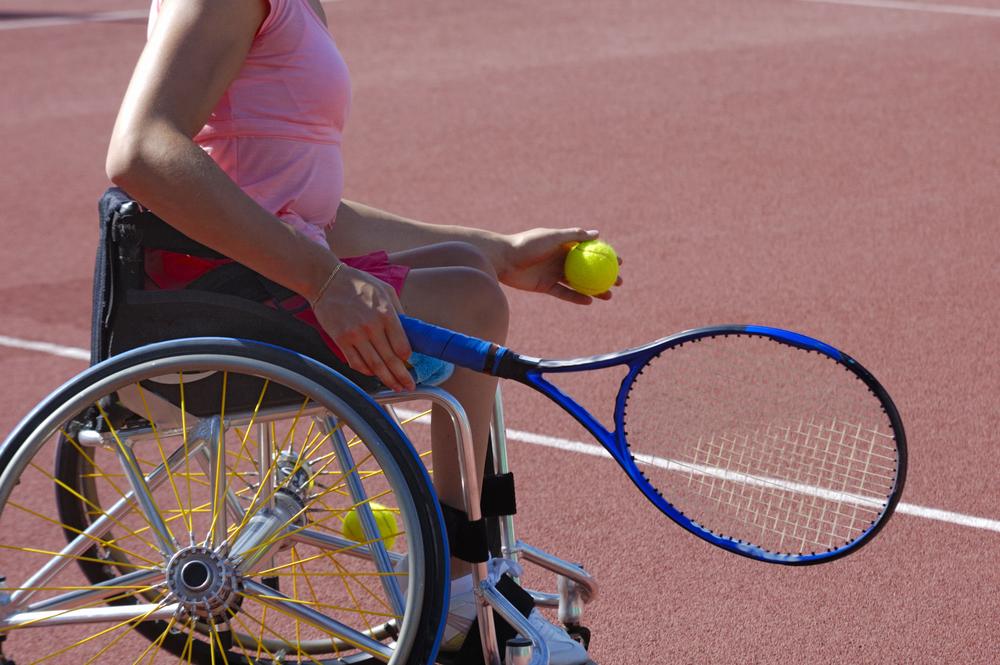Not every athlete dreams of competing at an elite level from a young age.
That’s the story of Veronica Day, an accomplished collegiate track and field star who worked her way onto Team USA as a skeleton athlete in 2011.
In an interview with TrueSport, Day shares how she held herself accountable to her evolving sport goals while transitioning through sport – from youth sport, to collegiate sport, to Team USA.
_________
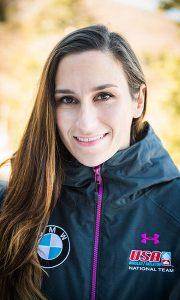
Question: What sports did you play growing up? Can you tell us about skeleton?
Veronica Day: I played a hundred different sports growing up. I did gymnastics, a little bit of ice skating, but mostly, I ran track. I ran track all the way through college. After I graduated from college, I started using the skills that I had as a jumper. Being fast and explosive, I started using those skills in the sport of skeleton because the push start at the beginning of a skeleton run is basically a sprint. It translates really well.
Question: As you were growing up, did you always want to pursue sport at an elite level?
Veronica Day: No. Growing up, I didn’t necessarily know that I wanted to pursue sport at an elite level. I think as I got older and as I got better at sports, it just opened up doors for me.
I wouldn’t say that being an elite athlete was something that I thought I could make a career out of when I was 10 or 11. It was more that the opportunities presented themselves to me as I got better. As I got older, I decided to pursue them.
Question: As you progressed through sport, what types of goals did you set for yourself?
Veronica Day: I set incremental goals in order to attain larger goals. I think I’m better at setting incremental goals, because they’re more attainable over a short period of time.
If you set something so big and grand when you’re 10 or 11 years old, like, ‘I want to be an Olympian,’ sometimes it’s hard to grasp that concept.
For me it was about looking at the season ahead, in whatever sport I was doing, to see what I could do and what I could specifically accomplish within the upcoming months. It could be a PR down time or PR start time…it could be a best jump in my track and field days, or it could be something smaller. It could be something like, ‘I want you to take 10 minutes out of every day to focus exclusively on visualization of whatever you’re working on.’
Incremental goals are instrumental at being successful over a long period of time.
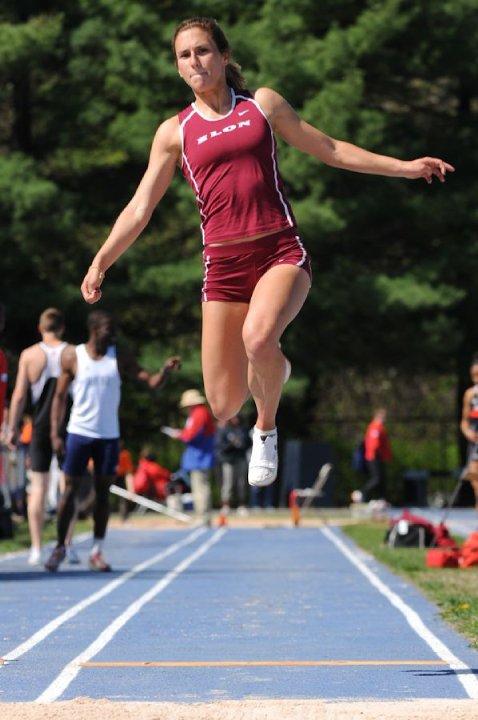 Question: What was the transition from being a high school student-athlete to a collegiate student-athlete like for you?
Question: What was the transition from being a high school student-athlete to a collegiate student-athlete like for you?
Veronica Day: The transition from being a high school student-athlete to a college student-athlete was a little tricky my first year because I had to balance life in a way that I didn’t necessarily do when I was in high school.
The day is different. You have less classes, but you have to study more. Your practices are longer, maybe they’re at a different time. It probably took me the entire fall semester to get used to that schedule.
By the time my sophomore year rolled around, I had pretty much grasped what worked best for me and could exclusively focus on that. I think it can be a little bit daunting when you’re looking at it from a high school level to college level, like this change is going to be so much tougher, so much more serious. But at the end of the day, you’re still doing the same things. It just might be at a slightly higher intensity, but also your day is just a little turned around and you just need to get used to whatever schedule your university has set up for you.
Question: What did you learn about yourself through the transition in level of competition from high school to college?
Veronica Day I learned that I’m a lot tougher than I give myself credit for.
I get nervous easily. Being able to hone in on that nervous energy and using it in a positive way so I could perform at a higher level…I didn’t know if I could necessarily do that. But you do it once and it becomes a lot easier. It becomes a lot more routine and you understand that, ‘Okay, maybe I’m seeing this as a negative right now, but I need to turn this into a positive because this emotion of nervousness or being antsy, that’s not going to change.’
This happens when you’ve got adrenaline behind any sport that you do.
Question: How did you feel after your collegiate days of competition were finished?
Veronica Day: I felt a little bit bittersweet about my days of competition in college being done. I think I excelled rapidly during my junior and senior years. There was still room for improvement, but not enough for me to want to stick around and train by myself.
I think part of what I enjoyed so much about college athletics was the team comradery and my roommates being other track and field athletes. I got to travel, train with them, and race with them daily.
Moving onto skeleton, which was going to be a completely new environment with new people, was a good step in another direction.
Question: Was skeleton a sport you wanted to do right after college?
Veronica Day: No, I didn’t even know what skeleton was until the 2010 Olympics. I watched the 2010 Olympics on TV and I thought skeleton looked cool. I figured I would try it and see if I liked it.
Basically, I went online and asked Google, ‘How do people get into skeleton?’ It brought me to USA Bobsled Skeleton’s website, which said that they recruit track and field athletes. At the time I was running track and I thought it was something I should try before I entered the regular world and got a job.
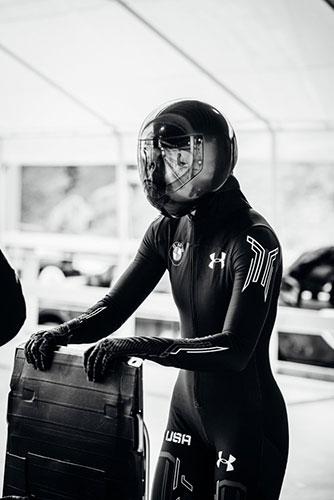
Question: What were some of the challenges you faced as you’ve transitioned into skeleton?
Veronica Day: I think the biggest challenge that I faced transitioning into skeleton is what most professional athletes struggle with, the financial issues. You do a niche sport and you don’t have a name for yourself because you haven’t really done the sport for that long, so you pay everything out of pocket.
The second one is that you’re new and you’re not very good when you first start. It takes a couple of years to figure out what you’re doing. The trick with skeleton is when you get knocked off your sled that first year, you just get back on and go again.
That circles back to being a little tougher than I give myself credit for because I made a lot of mistakes my first couple of years. That’s something to remember: every new athlete makes mistakes.
Something that I took for granted when I was younger and doing poorly at other sports was knowing that it didn’t really matter if you were bad because everyone else was doing poorly.
When you’re 10, you’re not necessarily acutely aware of just how bad you are at doing a round off or whatever. But when you’re 22 or 23 and you look crazy going through a corner down the skeleton track, you are acutely aware of just how terrible you are at the sport. It really forces you to just suck it up, go take another run, and really put the past behind you and take the positives out of whatever negative experience you just had so you can learn from it and apply that to the next run that you take.
Question: How do you keep yourself motivated every morning?
Veronica Day: At the end of the day, my goal of making the Olympics is the biggest motivator. But because it’s so far away or it seems almost unattainable sometimes, it can be tough to stay motivated.
Setting short incremental goals makes the bigger ones seem a little less daunting. I write down goals every week for things that I want to do. Sometimes it’s weights in the weight room, or if I’m sliding, I may want to perfect a particular corner. Every day at training, I’m writing down goals and it keeps the motivation levels a little higher.
Question: How have your short-term and long-term sport goals evolved?
Veronica Day: My short-term and long-term sport goals have evolved gradually. In general, as I get better at a sport, I set higher goals for myself. Every year, I set a couple of goals for myself and if I meet them or if I don’t meet them, I go back and reassess for the beginning of the following year.
If I wasn’t setting goals that are at a higher level and progressing me in the right direction, then I wouldn’t be moving toward the ultimate goal of going to the Olympics.
Question: Looking into the distant future, what role will sport play in your life once you retire from sport?
Veronica Day: Sports have given me an opportunity to be organized and goal-oriented, and they taught me how to be a team player. All those skills are useful in life.
Even if I’m not running or jumping or sliding or doing something in the Olympic sports realm, I think everything that I learned from age four all the way through now, is going to be applicable for life after sport.
Photo Credit: Molly Choma
